This plant originated from Brazil and was introduced to China in the 1820s. Today, it has been processed into many delicious dishes such as tapioca pearls in milk tea that everyone loves to drink, which is cassava.
Cassava sounds similar to sweet potatoes and potatoes, but is actually the complete opposite. It contains a very toxic substance that can cause poisoning if not handled properly.
There are two types of cassava: sweet and bitter, but both are poisonous. However, sweet cassava is less poisonous, but it cannot be eaten directly. It must be peeled, washed, and cooked before eating. On the contrary, bitter cassava is highly toxic, containing a type of linamarin. After being eaten, it will react with gastric acid to produce hydrocyanic acid, a neurotoxin.
Therefore, before eating bitter cassava, you need to treat this poison by cooking it before eating. In the countryside, the elderly often say "eating too much cassava will make you drunk", which is a sign of mild poisoning.
Because cassava is poisonous, you must remember not to eat it raw or undercooked, otherwise you will be poisoned.
Cassava is nicknamed "king of starch", although toxic, it has become food for nearly 600 million people in the world , widely grown in more than 100 countries and territories around the world.
If processed properly, completely removing toxins, cassava has many health benefits such as cooling the liver, anti-oxidation, detoxification, cancer prevention, because it contains some special substances such as quercetin, kaempferol, rutin, beta-carotene, ... beneficial for the body.
Fresh cassava has a short shelf life, should only be eaten within 2 days after harvest. If you want to preserve it for a long time, you should freeze it after peeling it, or soak it in water.
Before the 1950s, Chinese people grew cassava as a staple food. By the 1980s, the problem of food and clothing for the people had been solved, so the Chinese no longer used cassava as a staple food but mainly as an ingredient for food and wine processing.
In China, cassava is mainly distributed in Guangxi Zhuang Autonomous Region, Guangdong Province, Hainan Province and other places. The largest growing areas are in Guangdong and Guangxi.
Currently, cassava products are widely sold in starch form, easily processed into many dishes such as cakes, tapioca flour, vermicelli, noodles, milk tea ingredients...
The texture of cooked tapioca starch is clear, chewy, and beautiful, so Chinese people like to add it to make dumpling skins and colorful tapioca pearls, which looks very attractive.
Source


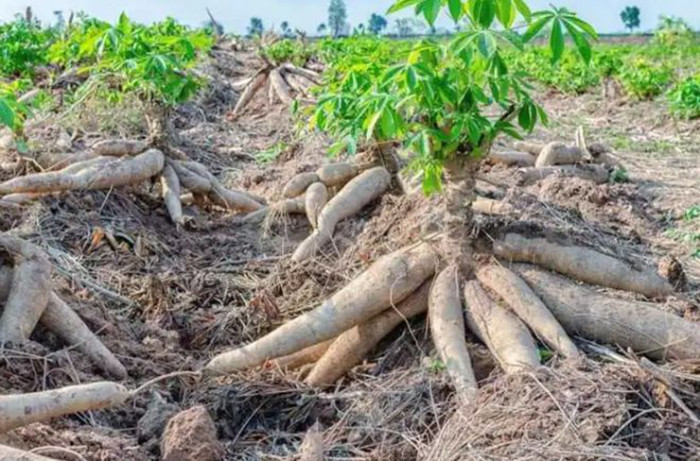
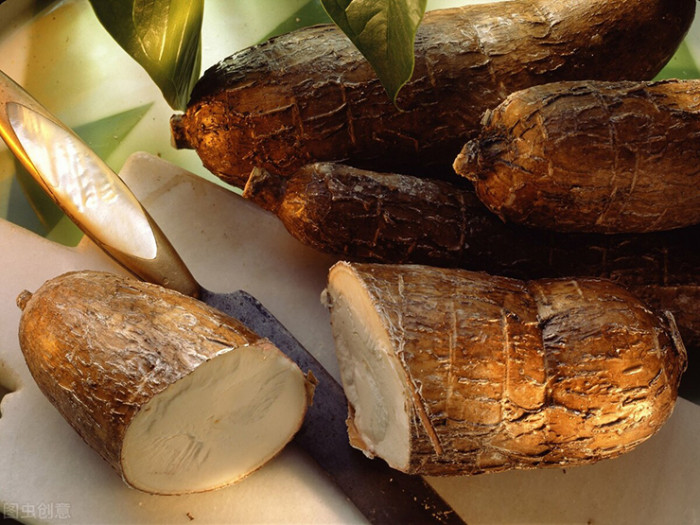
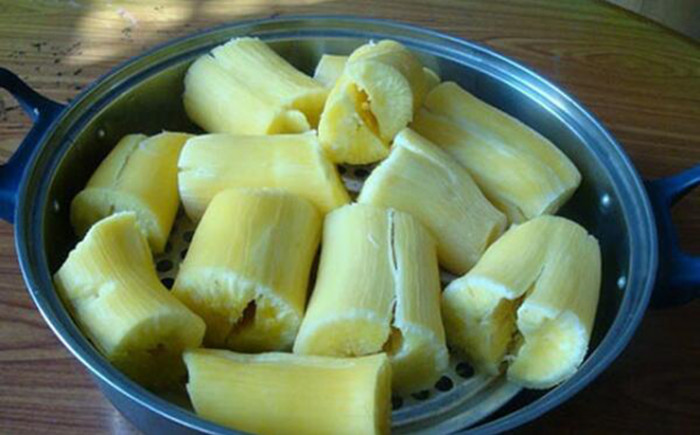
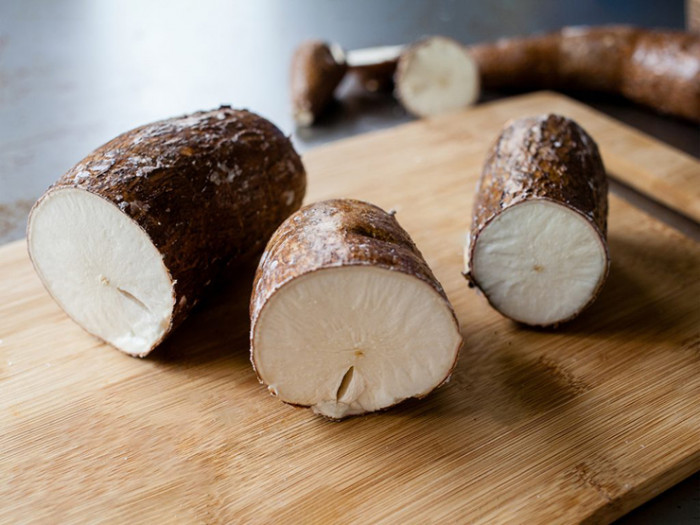
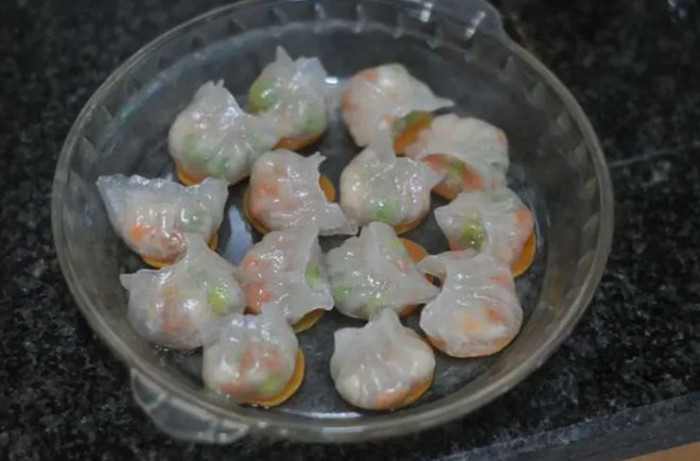
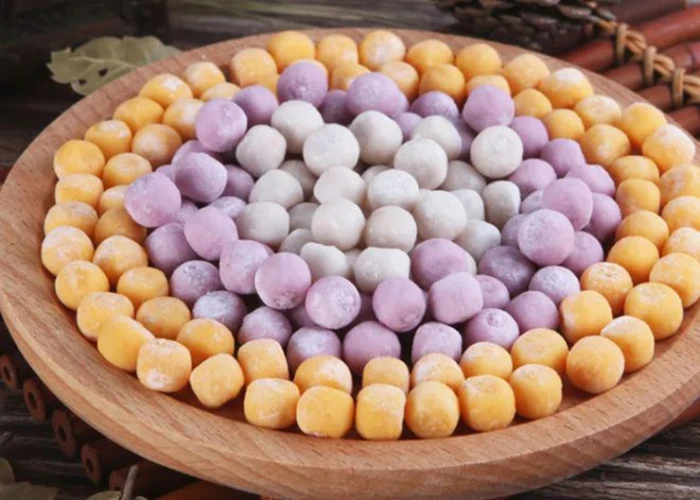
![[Photo] Draft documents of the 14th Party Congress reach people at the Commune Cultural Post Offices](https://vphoto.vietnam.vn/thumb/1200x675/vietnam/resource/IMAGE/2025/10/28/1761642182616_du-thao-tai-tinh-hung-yen-4070-5235-jpg.webp)
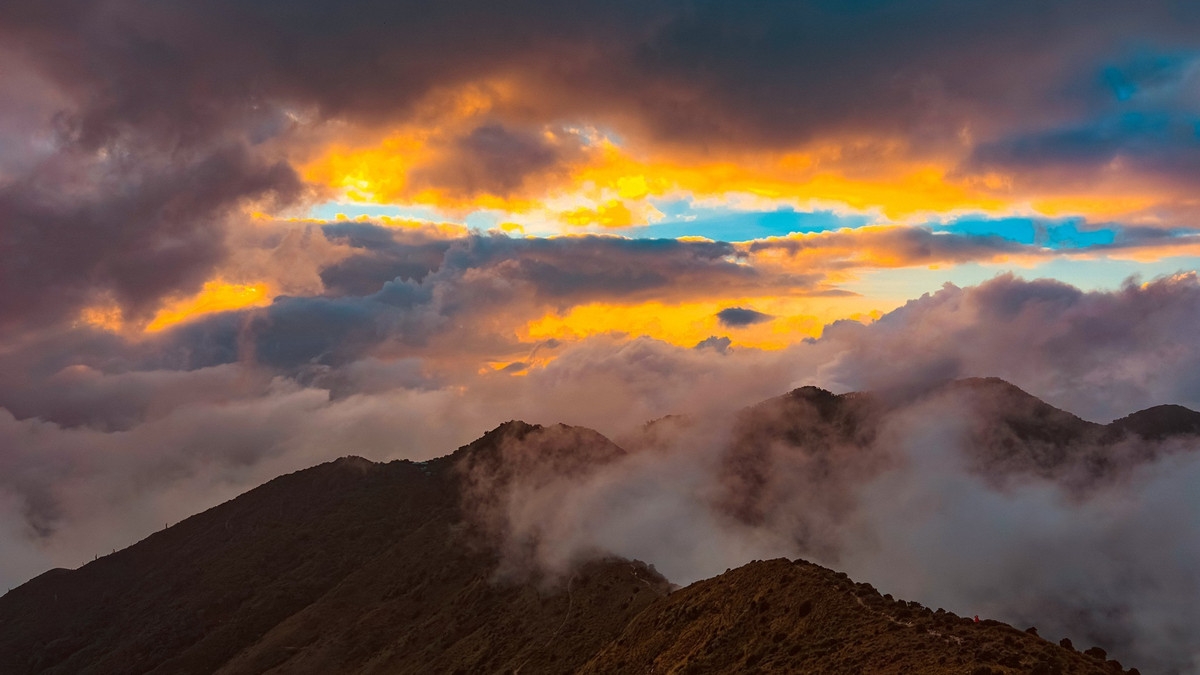
![[Photo] National Assembly Chairman Tran Thanh Man received a delegation of the Social Democratic Party of Germany](https://vphoto.vietnam.vn/thumb/1200x675/vietnam/resource/IMAGE/2025/10/28/1761652150406_ndo_br_cover-3345-jpg.webp)

![[Photo] Flooding on the right side of the gate, entrance to Hue Citadel](https://vphoto.vietnam.vn/thumb/1200x675/vietnam/resource/IMAGE/2025/10/28/1761660788143_ndo_br_gen-h-z7165069467254-74c71c36d0cb396744b678cec80552f0-2-jpg.webp)

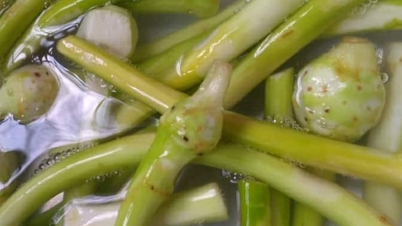


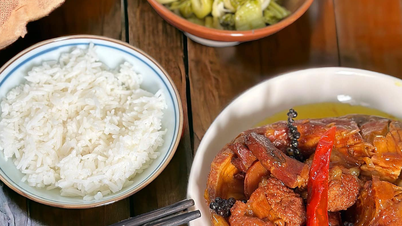



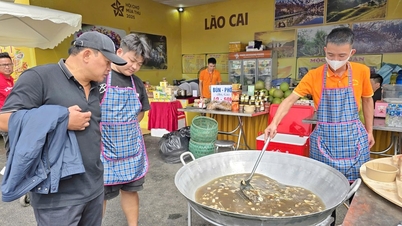

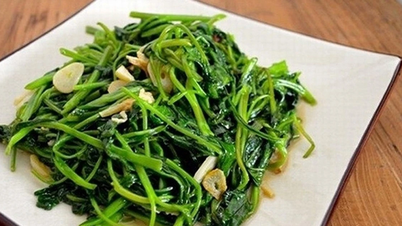












![[Photo] President Luong Cuong attends the 80th Anniversary of the Traditional Day of the Armed Forces of Military Region 3](https://vphoto.vietnam.vn/thumb/1200x675/vietnam/resource/IMAGE/2025/10/28/1761635584312_ndo_br_1-jpg.webp)























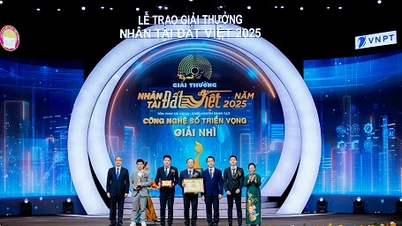








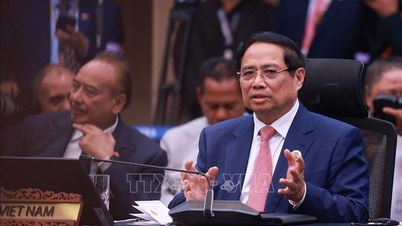













































Comment (0)